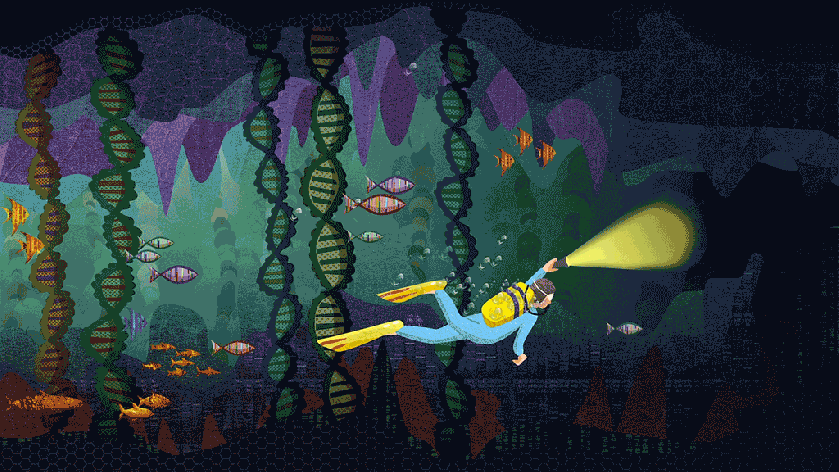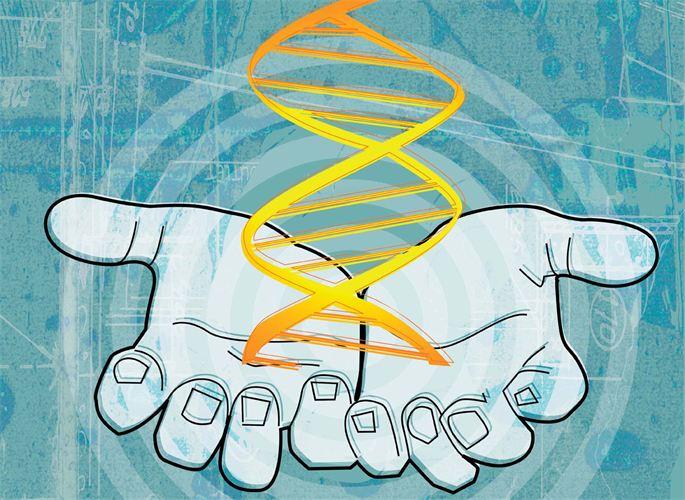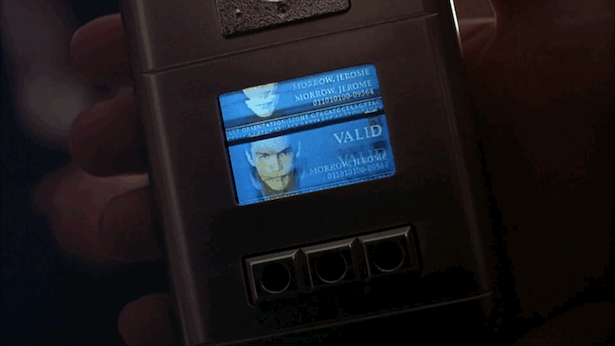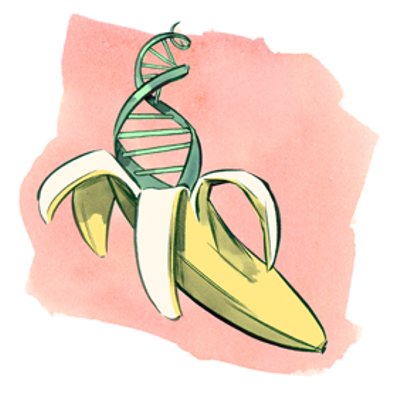
Hello again! Welcome back to The Bio Bunch. Now that we have learned all about mitosis, meiosis, and cell signaling, we’re ready to dive in to the topic of genetics!
In preparation for this new and exciting unit, we viewed a documentary called Cracking the Code of Life. This film was a great introduction to the subject, as it informed us about what DNA and genes are, what the goal of the Human Genome Project is, and what kinds of possible implications that genetic research has to offer——for better or for worse.
Our genome, or the entirety of our genetic material and makeup, is a bit of a paradox in that it is very small and simple while also being incredibly large and complex. Although DNA is relatively tiny, consisting of nucleotide base-pairing (A and T, C and G) only several atoms wide, DNA is also overwhelmingly long. Crammed into each human cell is about 6 feet of DNA——that is, 6 feet of random microscopic letters and raw, seemingly incomprehensible data.
The quest of the Human Genome Project, as we learned through watching the movie, is to disseminate and sequence the human genome in all of its glory. That may seem like swimming through oceans’ worth of A’s, T’s, C’s, and G’s. And in its infant years (beginning in 1990), that was quite the case for geneticists all over the world involved in the effort, who had to map individual genes by hand. At that rate, the project was estimated to take about 15 years to complete and have all 3 billion genes read. Luckily for the scientific community, mechanical technology and computerization has revolutionized the work of genetic sequencing. These new tools allowed genetic teams to read and gather data for thousands of genes per second, and so the project was declared complete in April of 2003.

In the decryption of our genome, all of the basic genetic information that geneticists need to work with is available as the platform from which we can do a lot of great things. We can discover new diseases, investigate the heritability of illnesses, find the specific locations of genes and research what they do, use genetic information to learn about our proteome (the entirety of our bodily proteins), detect mutations early on, and work towards treating and curing some diseases. The possibilities are endless!
Unfortunately, for that same reason, there is a haziness that comes up when we discuss where the line should be drawn. What are the ethics surrounding genetic manipulation? The fascinating capabilities of the prospective field of genetic engineering could lead to a future wherein selecting the traits and characteristics of an embryo becomes a reality, i.e. “designer babies.”
After all, we sure don’t want the society illustrated in the Sci-Fi film, Gattaca, to come into fruition!

I, personally, believe this scientific aptitude stands to completely reform medicine and, for all of the good it is prepared to offer, should be funded and supported. However, before these procedures are moved on to the human trials stage, the international scientific community should come to an agreement on ethical boundaries in order to ensure that gene editing is used for purely health-related applications.
In the end, I am thoroughly convinced that this is a magnificent time to be alive and to be invested in science. There are so many bright, curious, and enthusiastic minds out there that are set on researching genetics in order to make a tangible difference.
Oh yeah, and we humans share about 50% of our DNA with bananas. How’s that for a self-revelation?

For more awesome genetics information, check out this cool video which explains what happens when our DNA is damaged.
